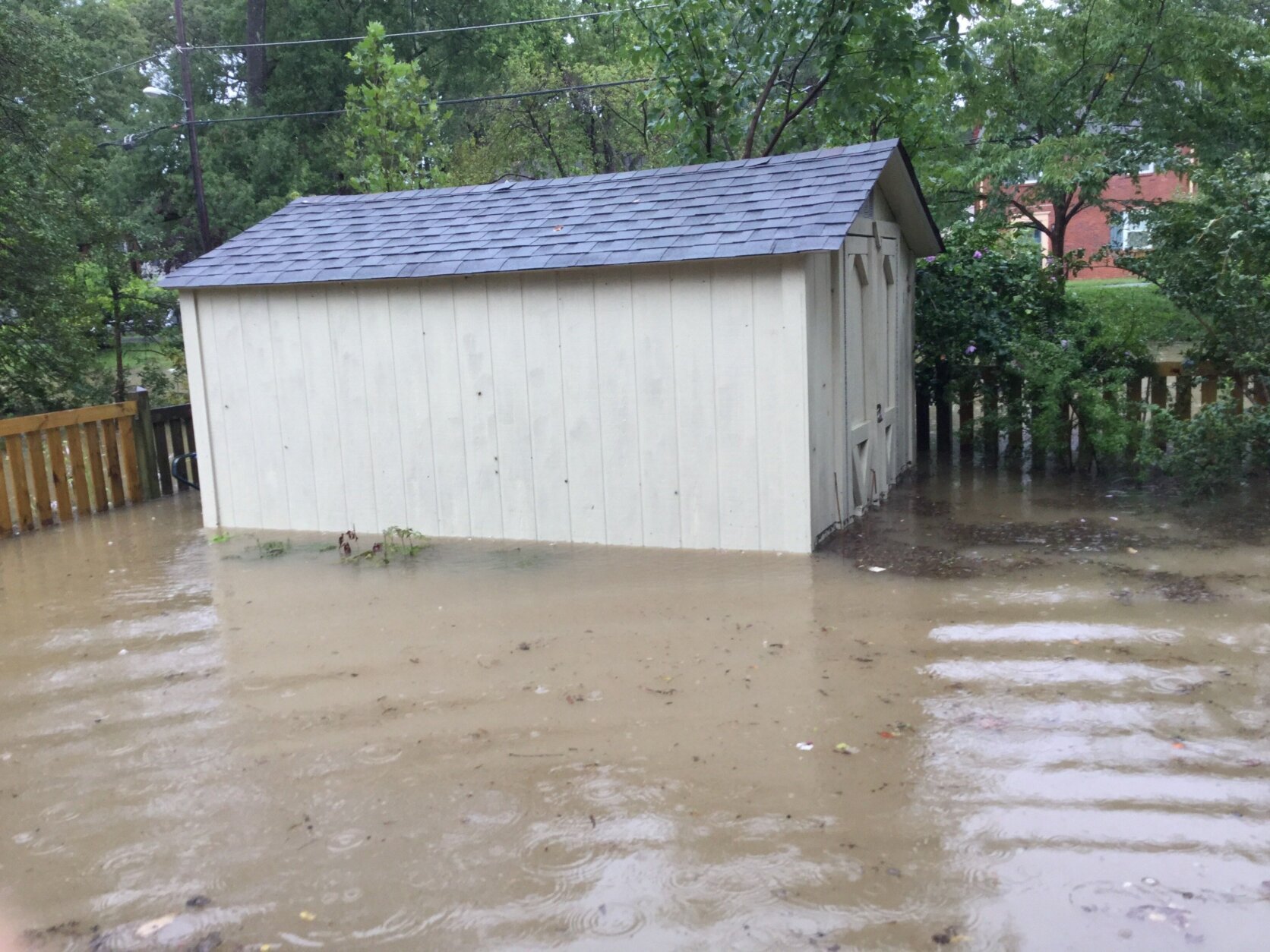
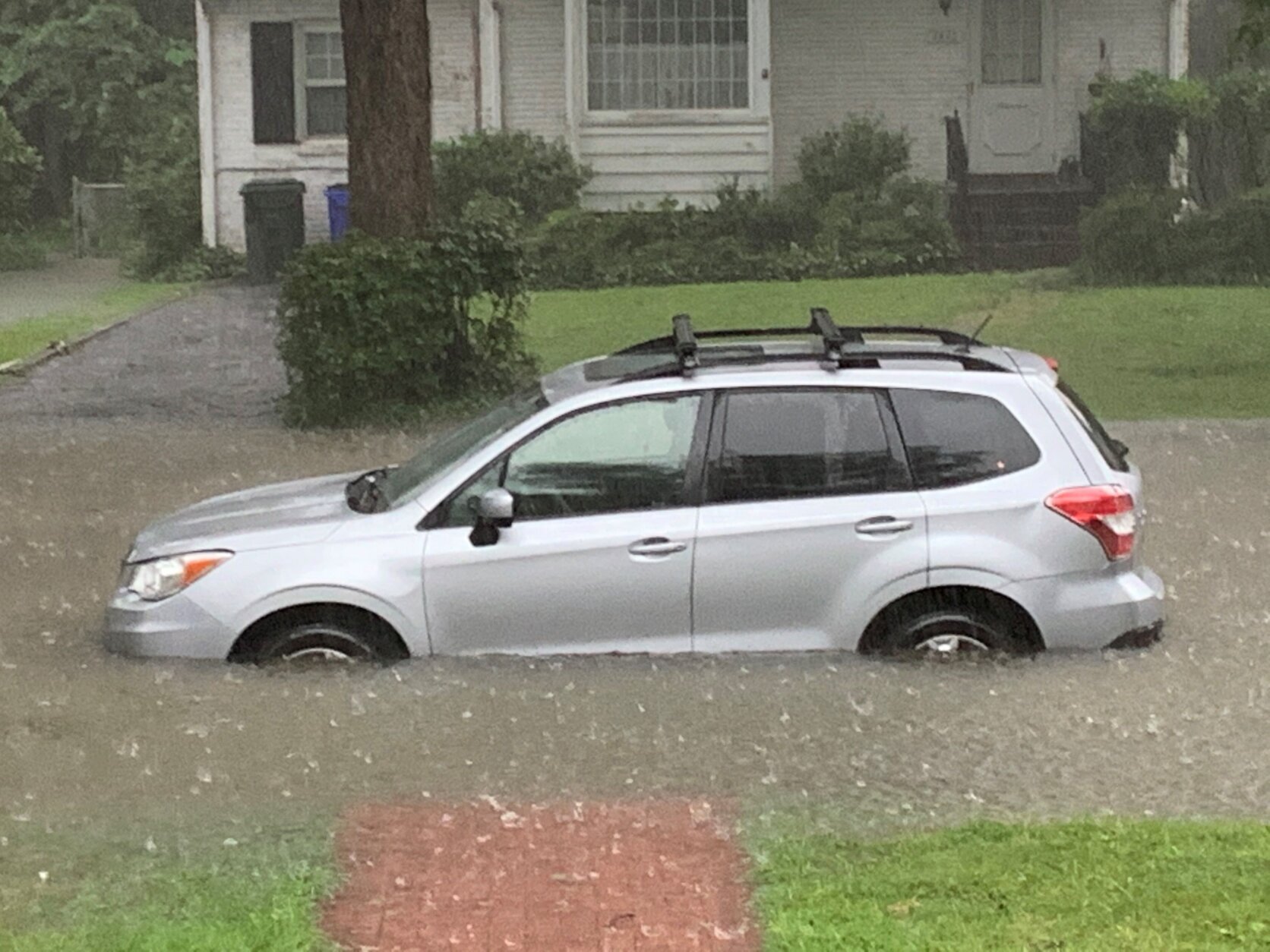
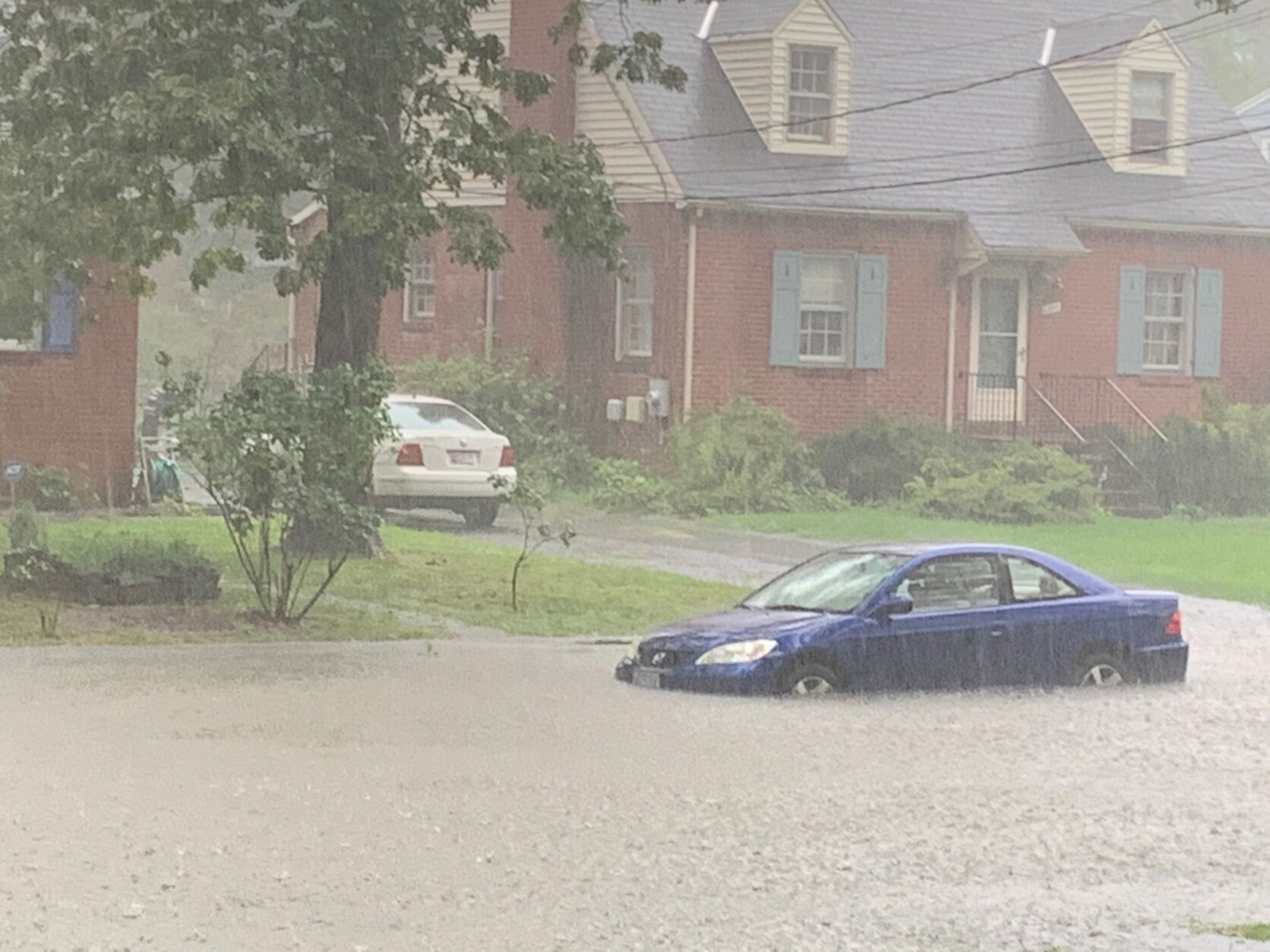
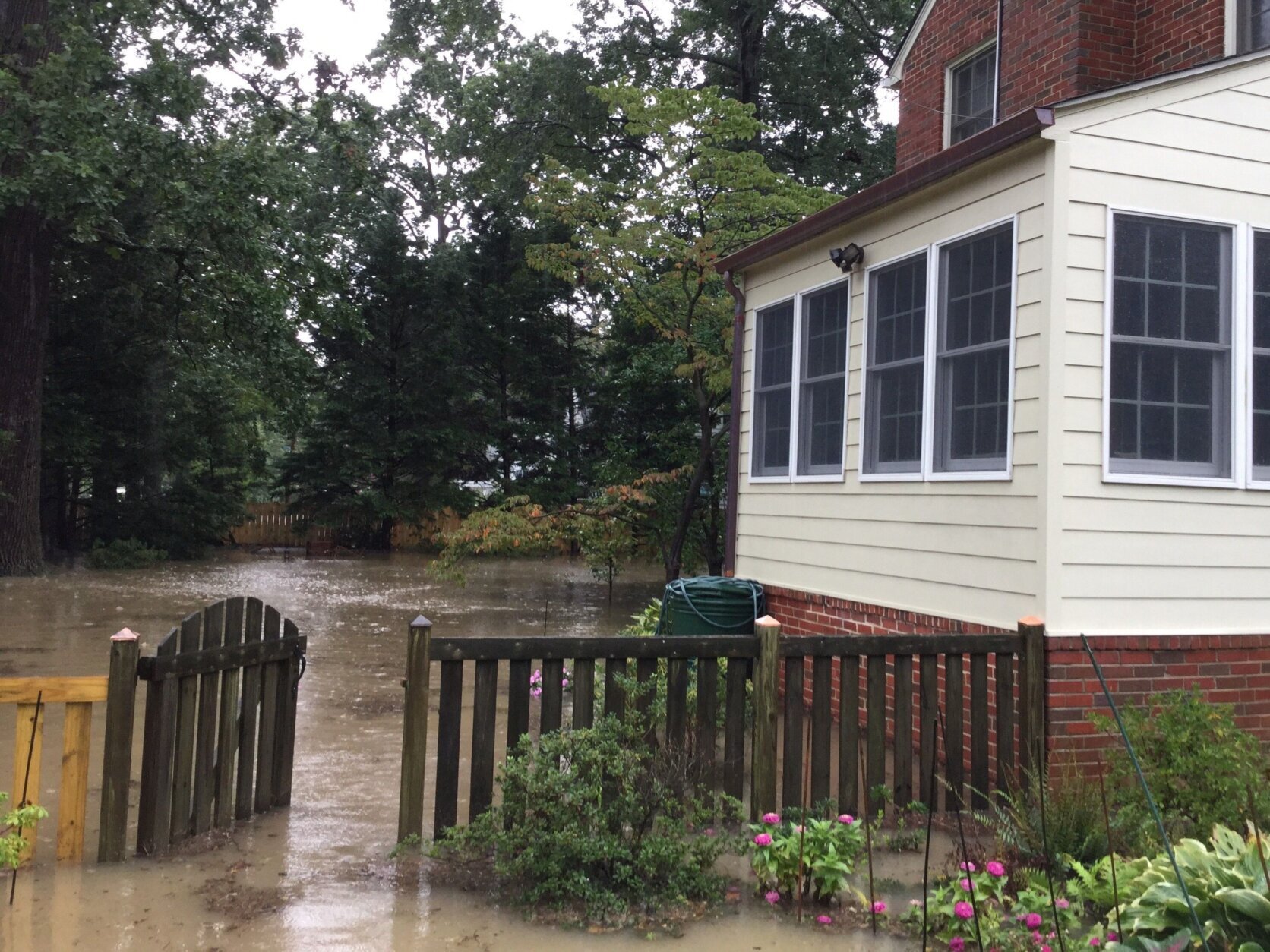
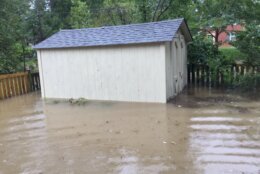
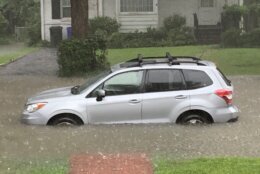
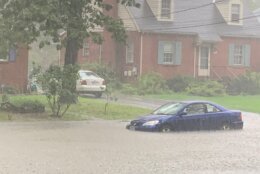
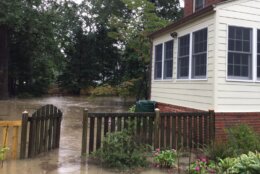
Neighborhoods in College Park, Maryland, are facing a growing problem of flooding and the city council is expected to pass a measure Tuesday that would address the issue head on.
At its Tuesday night meeting, the College Park City Council is expected to approve spending $600,000 from 2021 economic stimulus federal funding to hire engineers to analyze flood prone areas and come up with ways to reduce the flooding.
Some homes and streets have been inundated with water during intense rain storms and homeowners struggle with nuisance flooding, when water seeps into basements from saturated ground, even when it’s not raining.
“The community is able to handle rain events up to a certain level and the harsher rain events are becoming more and more frequent,” said College Park Mayor Patrick Wojahn. “So we’re seeing these significant rain events take place and flood our homes more and more … flooded basements, flooded streets. We’ve seen cars destroyed because of flooding on the streets,”
Calvert Hills and Cherry Hill are two of the College Park neighborhoods that have experienced significant flooding in recent years.
Prince George’s County is responsible for stormwater management in College Park and the county currently has a flood mitigation project underway in Calvert Hills. However, Wojahn said that it’s time the city step up and supplement the county’s efforts.
“This is the first time that the city is really taking steps to go above and beyond what the county has historically done … the council is all on board with it … they understand how much more these issues are impacting the residents of our community right now,” said Wojahn.
The plan before the council calls for an analysis of the city’s 12 sub-watersheds with specific efforts aimed at Calvert Hills. The city wants ideas for better stormwater management, including the possibility of installing an underground tank to hold excess water beneath a soccer field in the Calvert Hills neighborhood.
The engineering analysis is also expected to provide ideas for the best ways to manage stormwater in flood prone areas with best practices.
“Things like rain gardens, bioswales, bioretention, different ways to hold on to water and then to allow it to drain more slowly into the ground so that it doesn’t run off into people’s yards,” Wojahn said.








